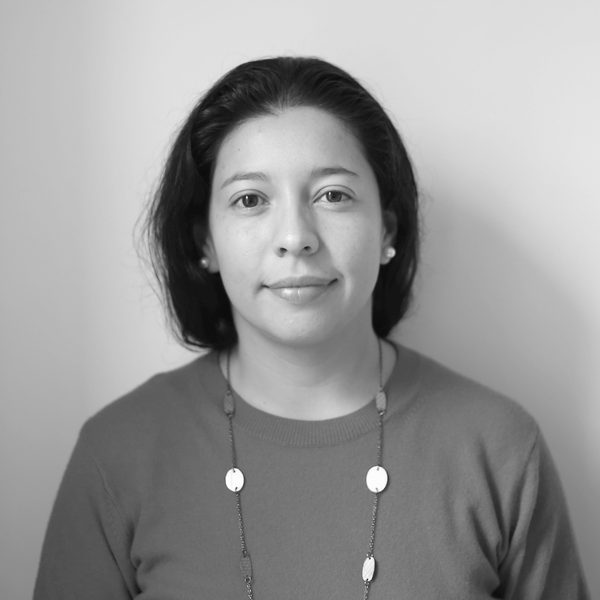Civic Participation: How to make sure voices from communities most vulnerable to climate change impact are heard? - COP 27
10 November 2022
As more people are at risk today from the impacts of the climate change than ever before, we must embed adaptability into the core purpose of the built environment. The series of panels “Climate resilience in the built environment: adapting to a changing climate” organised by the World Green Building Council (WorldGBC) as part of the BuildingtoCOP Coalition outlined practical solutions and strategies for resilience and adaptation in the built environment.
IHRB’s Alejandra Rivera, from the Built Environment Programme, moderated the panel discussion on Civic Participation exploring “how to make sure voices from communities most vulnerable to climate change impact are heard?” and considered the challenges and opportunities for different groups like tenants, youth, construction workers, and local communities.
Panelists featured included:
- Maria Alejandra Aguilar, High Level Climate Champion Youth Representative
- Ully Sant’Anna, Clima de Eleição
- Nasra Nanda, CEO, Kenya Green Building Society
The speakers agreed that civic participation should be seen as an opportunity to: (1) uphold human dignity during the process and at end product of the built environment, (2) avoid implementation risks and project delays, and (3) comply with social sustainability standards under ESG portfolios.
Main takeaways:
- Involve the entire community of actors from the early stages of a project and “don’t dispute this [participation] space, but expand this space” – Ully Sant’Anna
- Power dynamics can either stimulate or inhibit participation. Hence it is important to develop trust between stakeholders to make people feel they are part of the decision-making process. Maria mentioned youth is not to be seen as a ‘vulnerable group’ but rather as agents of change. She reminded of the great potential that lies in the younger populations, if only they are listened and nurtured.
- Continuity: Information sharing and consultations are not enough. In order to have a genuine open dialogue and meaningful participation, it is key to design and invest in participation tools that allow meaningful community engagement in the long term.
- Participation also helps build resilience by the process itself, in terms of building community relationships and social cohesion, changing people’s mindsets to recognise the knowledge and power they have to shape their built environment.




